Watercolor and ink on paper, signed, located and dated "Saigon 1919" lower left.
28 x 21.5 cm
André Maire (1898-1984) – Painter-traveler, humanist witness of Asia and the world
André Maire was born in Paris in 1898. Sensitive to his early artistic gifts, his father enrolled him in 1909 at the Municipal Drawing School on Place des Vosges, where he would be a student until the latter's death in 1916. The following year, his mother died. To support himself, the young man worked in a theater set factory. He frequented the Devambez workshop and the painter Emile Bernard, who became his mentor and introduced him to different artistic techniques, advising him in his reading and his artistic and personal choices. Mobilized at the end of 1917, André Maire completed his military service in Indochina, where he taught drawing. He discovered the site of Angkor, which would profoundly influence his imagination and his work. In 1921, returning from Asia, he left for Italy with Emile Bernard and married his daughter Irène in Venice in 1922. The couple settled there for seven years, running a small gallery where André Maire offered his works for sale. They nevertheless maintained ties with Paris, renting a small studio. The artist developed the sepia technique, conducive to large decorative compositions and a strong taste for architecture. In 1930, André Maire won the Casa Velázquez Prize and spent two years in Spain, discovering Toledo, Ronda, Salamanca, Gibraltar… The same year, he acquired a house in Burgundy, in Semur-en-Auxois, which became his home port. In the late 1930s, he discovered Egypt and then India; but while he was in Ceylon, war broke out, forcing him to return to France where he was mobilized. After the war, he undertook a trip to Africa along the Niger River, interrupted by malaria. The year 1947 marked his return to Asia where he settled for ten years (returning to France only in 1951 and 1954). He stayed in Hanoi, Saigon, and Dalat, where he became attached to the high plateaus and the lively life on the banks of the Mekong. He also went to Madagascar in the late 1950s. André Maire's travels were long and allowed him to explore not only the landscapes but also the local populations and cultures, forging a humanist vision that permeates all his work. From the 1930s, he exhibited in prestigious Parisian galleries: Charpentier, Georges Petit, but also in Brussels at Isy Brachot. He spent the last years of his life in Semur-en-Auxois, continuing his painting, nourished by the memories and reveries of his many travels. In 2015, the Alexis Pentcheff gallery, in collaboration with Mrs. Lorédana Harscoët-Maire (his daughter), organized a major retrospective of the work of André Maire, presenting more than a hundred works.
Discover more works by this artist on the gallery's website: https://www.galeriepentcheff.fr/fr/peintre-andre-maire


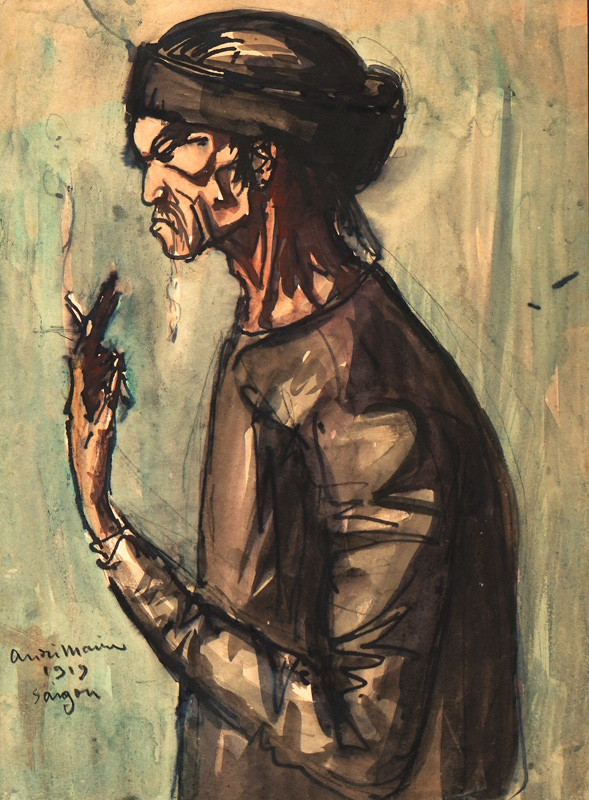
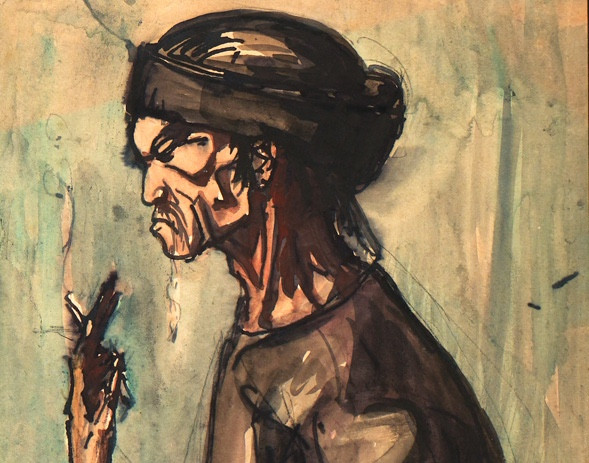
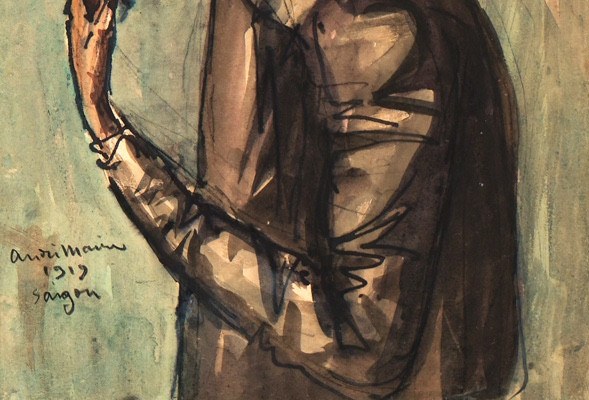
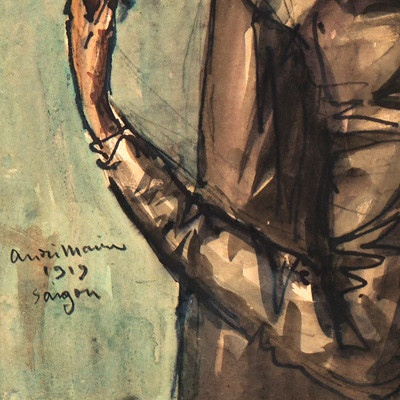






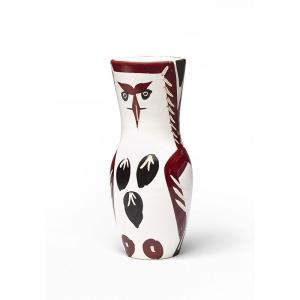

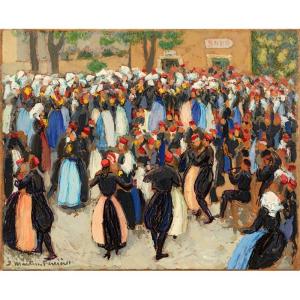



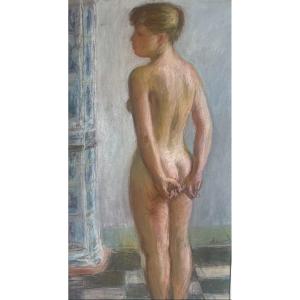

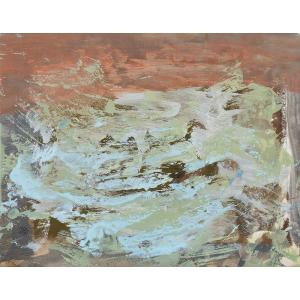

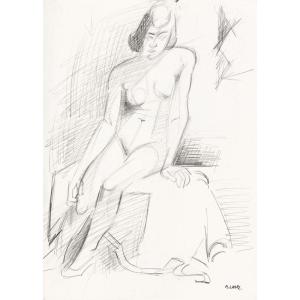
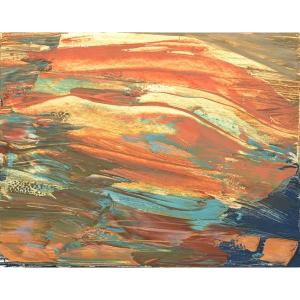

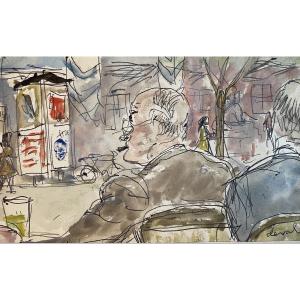


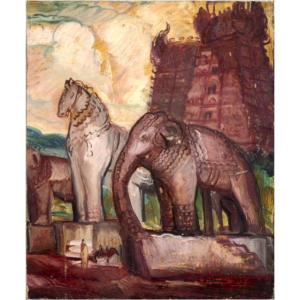





 Le Magazine de PROANTIC
Le Magazine de PROANTIC TRÉSORS Magazine
TRÉSORS Magazine Rivista Artiquariato
Rivista Artiquariato